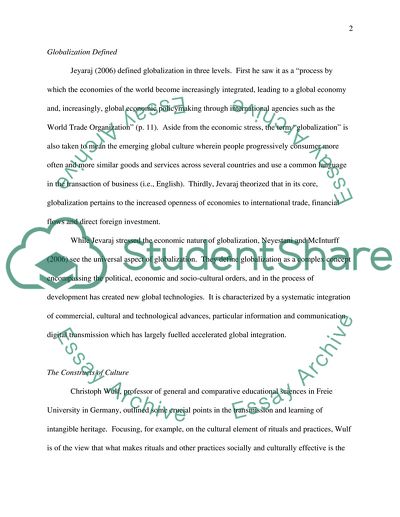Cite this document
(“Globalization, Education, and Cultural Identity Assignment”, n.d.)
Retrieved from https://studentshare.org/social-science/1558786-analysiseducational-issues-globalisation
Retrieved from https://studentshare.org/social-science/1558786-analysiseducational-issues-globalisation
(Globalization, Education, and Cultural Identity Assignment)
https://studentshare.org/social-science/1558786-analysiseducational-issues-globalisation.
https://studentshare.org/social-science/1558786-analysiseducational-issues-globalisation.
“Globalization, Education, and Cultural Identity Assignment”, n.d. https://studentshare.org/social-science/1558786-analysiseducational-issues-globalisation.


